Fill 4 pages in your sketchbook, each page dedicated to a sequence of motion (4x types of motion in total.) This could be an ice skater, a boxer, someone hitting a baseball bat, etc. (google the phrase “motion sequence of a…” to find references.)
Draw at least 3 images from these sequences, drawing the figure as armatures. Look at the structure of each pose, the key anatomical landmarks, and how the weight is distributed in the figure. Make this as accurate as possible!
TIPS:
- Print out your reference. Feel free to mark the printout with the anatomical landmark points.
- Try to pick the most dynamic poses of the movement.
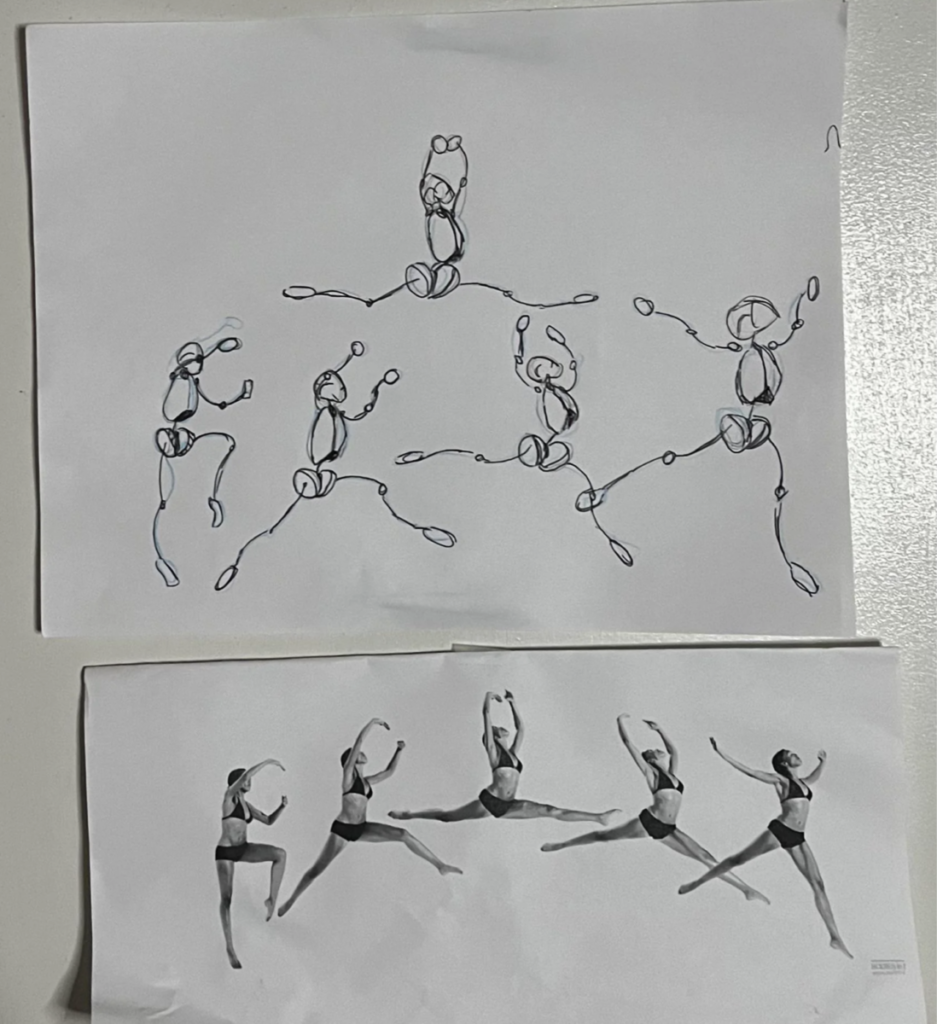

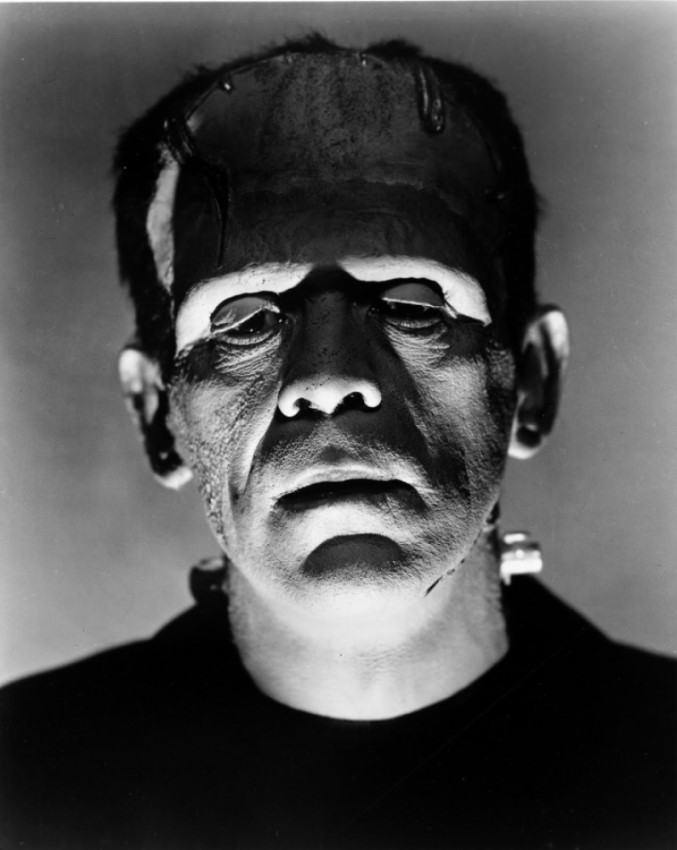




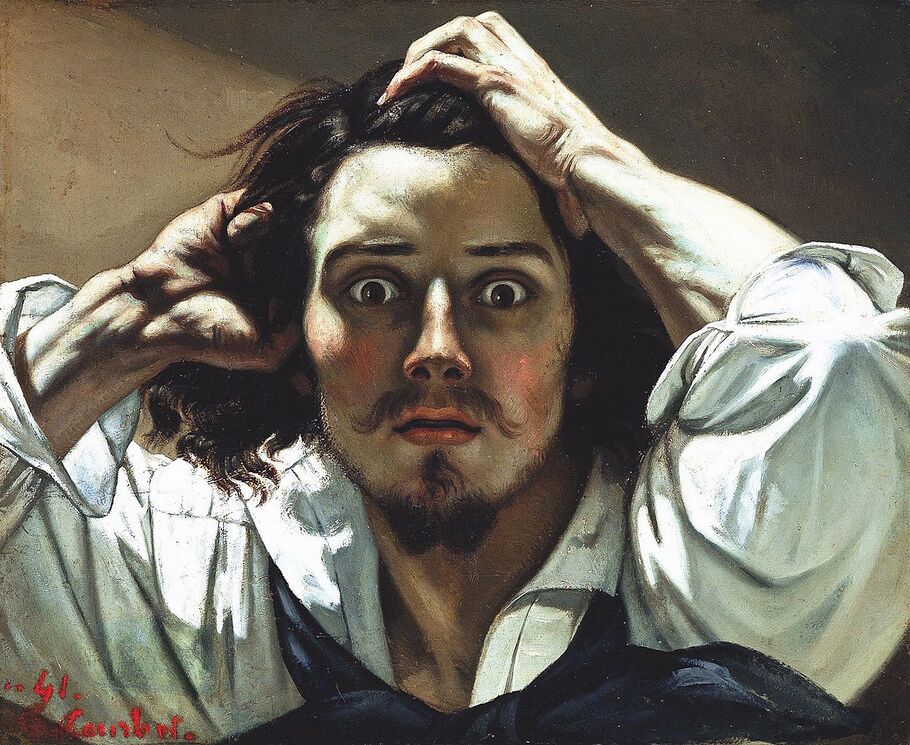
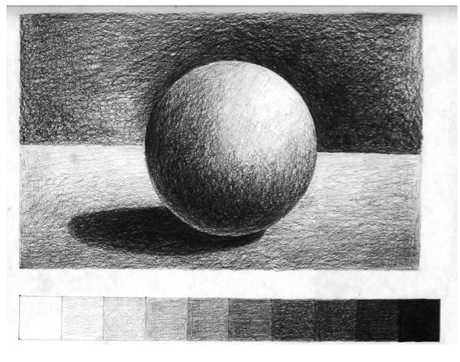
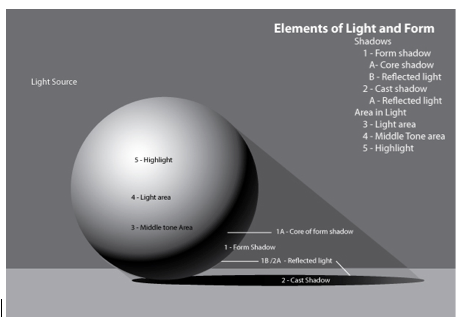
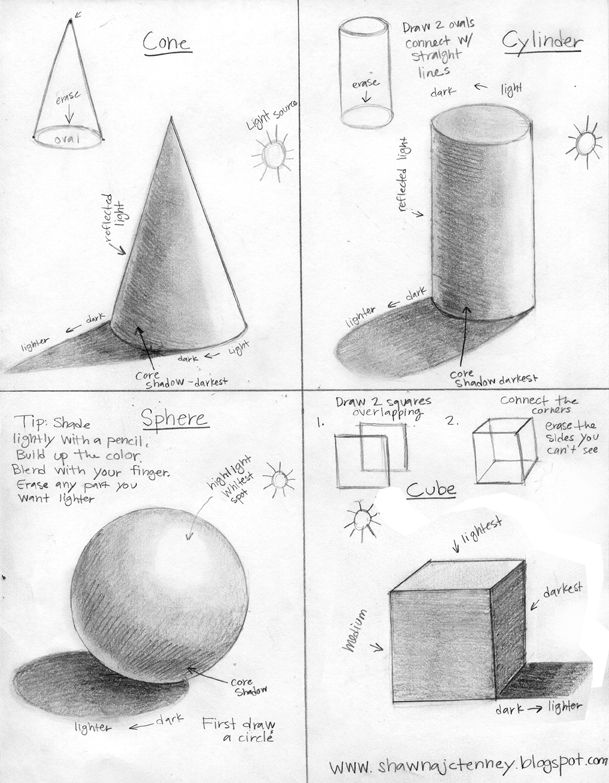
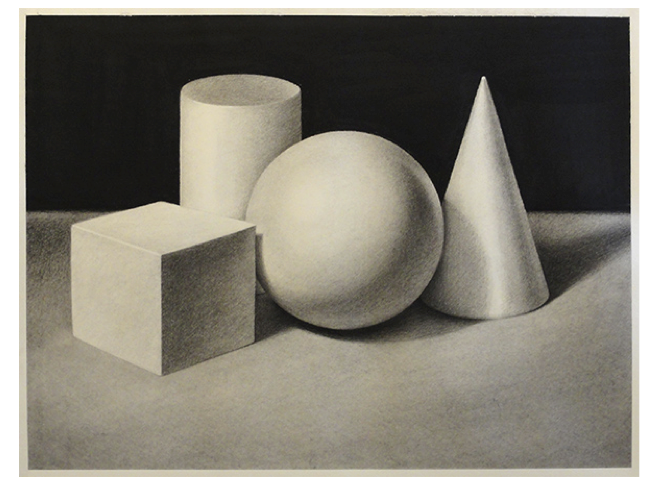
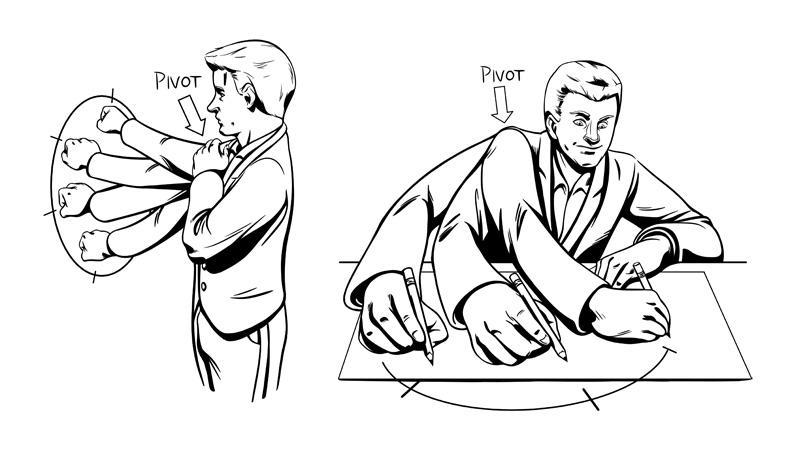
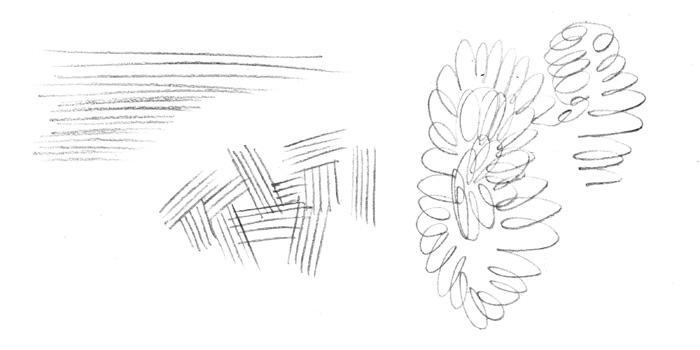
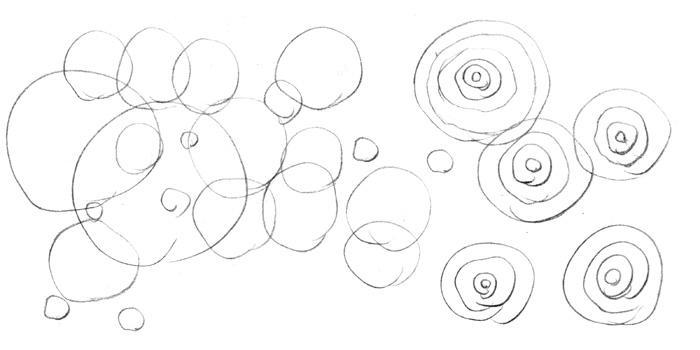
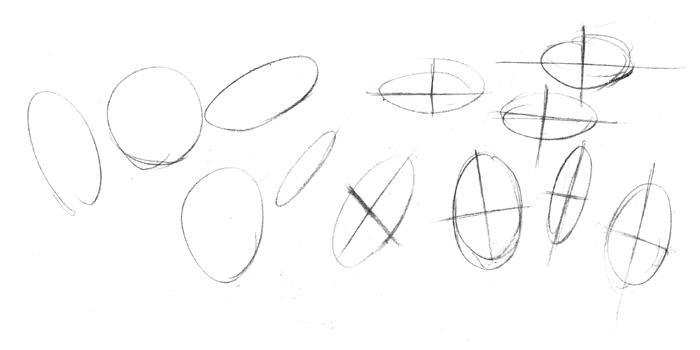
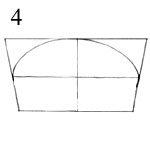
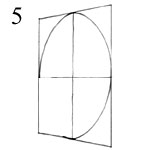
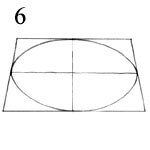
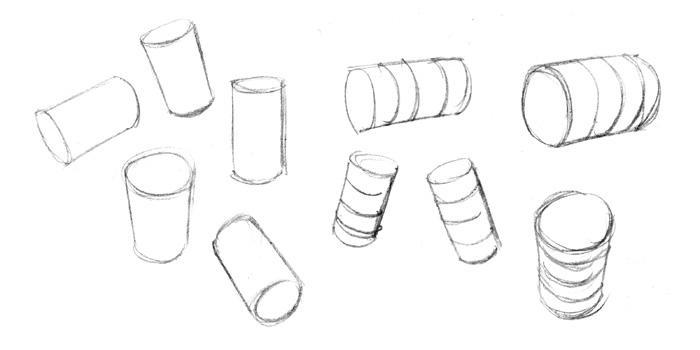
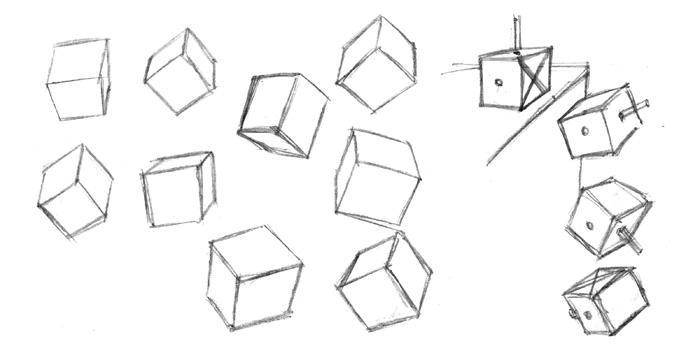
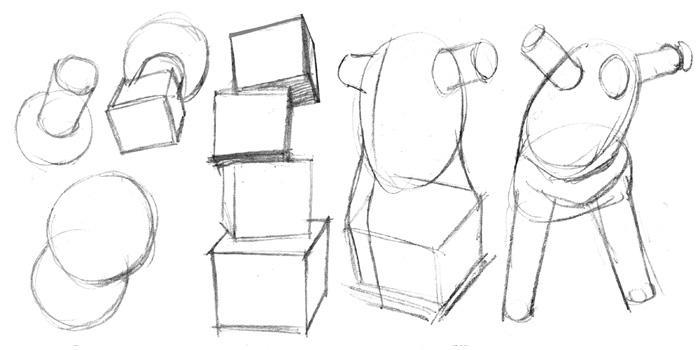



Recent Comments